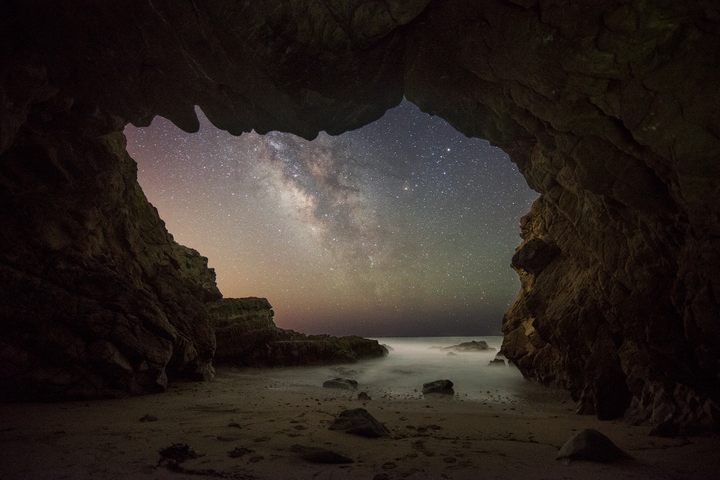
The Challenges and Delights of Photographing the Night Sky
It can take years to get the perfect shot.
Since ancient times, the night sky has been full of mystery and a source of fascination. Some early civilizations, living under naturally dark skies that are far less familiar to many people today, envisioned the stars as part of a solid dome that touched the Earth at the horizon. It’s easy to see why: True outdoor darkness has a depth you can sink into, with innumerable pinpricks of light embedded in the blackness.
Capturing the magic of this darkness and the price of its rapid loss to artificial light are the driving force behind this year’s launch of the International Dark-Sky Association’s “Capture the Dark” photography contest. The winning pictures, selected from nearly 450 submissions across the globe, reveal the marvel of the Milky Way, as well as the relentless, glowing invasion of artificial light.
“It’s powerful to see the impact of light pollution,” says Amanda Gormley, the IDA’s senior director of outreach. “We could all be thinking about how we use light to protect not just our view of the stars, but also the critters that need darkness and our own human need to be rejuvenated and restored at night.”
Light pollution is widely known to disrupt behaviors in birds, sea turtles, and numerous other animals that rely on darkness or moonlight for navigation and reproduction cues, not to mention sleeping, hiding, and hunting. Anyone who has gone camping for an extended period knows the natural sleepiness that arrives after the last light fades from the sky—the result of circadian rhythms that affect animals and plants alike. (Nocturnal animals, of course, operate in reverse.)
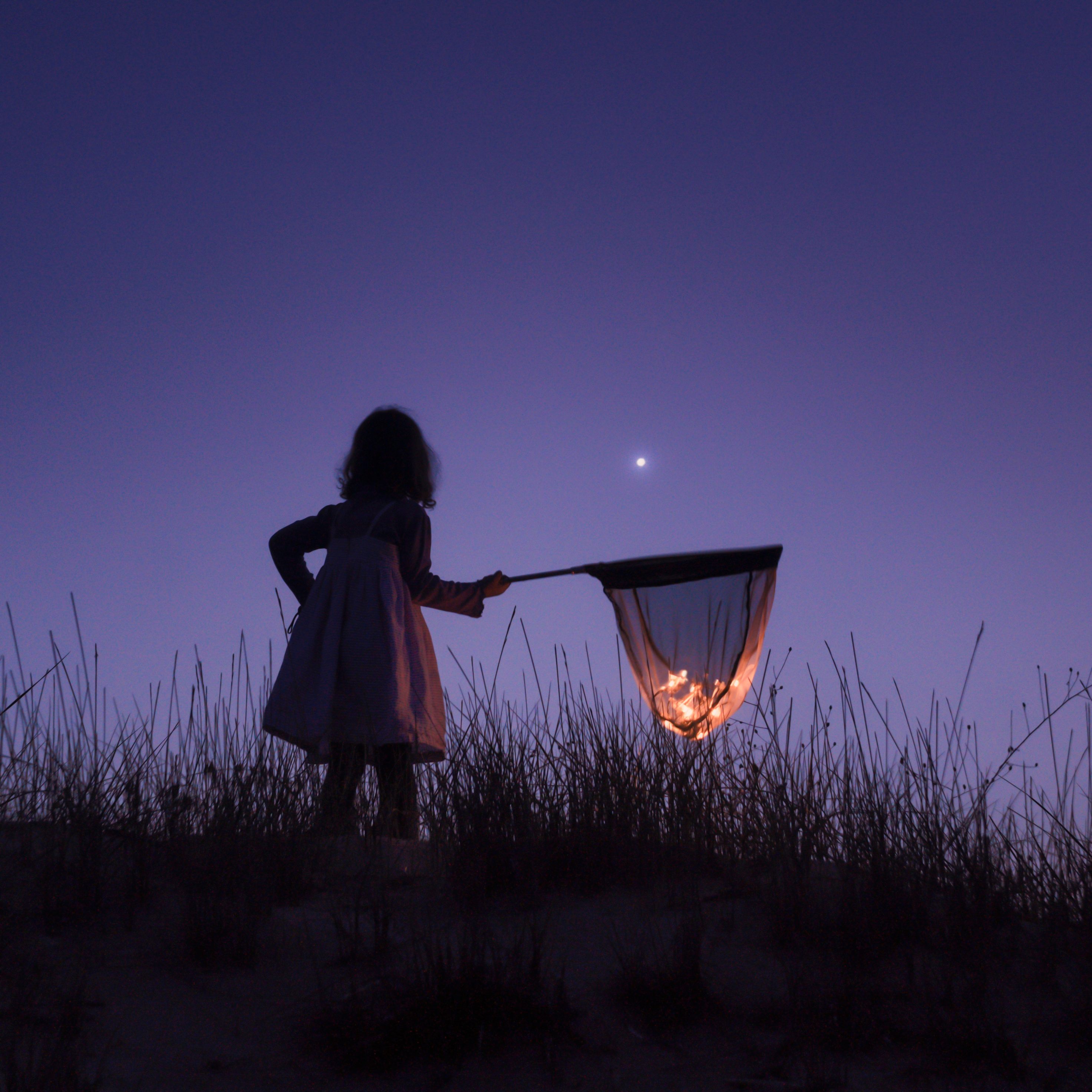
The campaign to cultivate awareness of the beauty and necessity of natural darkness has spread steadily since the IDA’s founding in 1988 by astronomers David Crawford and Tim Hunter, says Gormley. Now, more than 130 locations, covering some 38,610 square miles on six continents, are designated International Dark Sky Places for meeting certain criteria. They range from remote sanctuaries of pristine natural darkness to parks and communities with favorable outdoor lighting and fixtures, public education programs, and laws or ordinances that protect the night.
From New Zealand to Chile, and Europe to North America, these Dark Sky Places, and gatherings such as the Jasper Dark Sky Festival in the Canadian Rockies, form an alluring network of places to experience a visceral connection with the cosmos. In Jasper, Alberta, one of the largest dark sky preserves in the world, the festival lineup has included photography and painting workshops in addition to stargazing expeditions.
Pursuing the perfect night-sky picture takes stamina, research, and often hours of travel, according to Jack Fusco, a photographer who has given talks and attended the Jasper festival for eight years. Accessibility to dark skies is the biggest of many challenges, he says, along with planning, timing, and the technical aspects of night photography.
But even surprise locations closer to civilization require fortitude: For one shot of the Milky Way framed by a sea cave in Malibu on the California coast, Fusco spent hours on Google Maps researching cave locations, and driving and walking beaches, and still more time working out when and how the Milky Way would be oriented in the sky. Then there were weather and fog conditions to take into account, in addition to the tides, for safety reasons. (During a recent desert shoot, he also encountered scorpions and a rattlesnake.) He often fuels up on coffee to push through the night.

“One of the reasons I love it so much is it’s very peaceful and relaxing,” says Fusco. “There are also moments where it’s very exciting—every time you take that first photo and see how many stars your camera captures. That’s why I’ve been doing this for 10 years and still get excited about it.”
Fusco adds that camera technology has made it easier and less expensive to enter the world of night-sky photography, which is a benefit and a flashpoint of discussions about different approaches, as photo composites and digital art become ever more popular. “There’s a huge ongoing debate,” he says. “My approach is to try and stick to representing what I saw—that’s why I have photos that took years to finally all come together.”
The rules for the IDA’s photography contest require pictures to be taken from the same tripod position and focal length on the same night, whether they are single exposures, blended or tracked shots, or panoramas. Certain types of composites, including images merged from different viewing positions, are off-limits. “We really wanted to accurately represent what someone would see from the ground where they were standing,” says Gormley. “We didn’t want to misrepresent what would be in the sky above you.”
But looking up and finding wonder doesn’t need to be limited to those occasions when you find yourself in the middle of nowhere, or the moments when meteor showers or comets such as NEOWISE grace us with a visit. As Vincent van Gogh, whose masterpiece immortalized The Starry Night, put it: “For my part I know nothing with any certainty, but the sight of the stars makes me want to dream.”




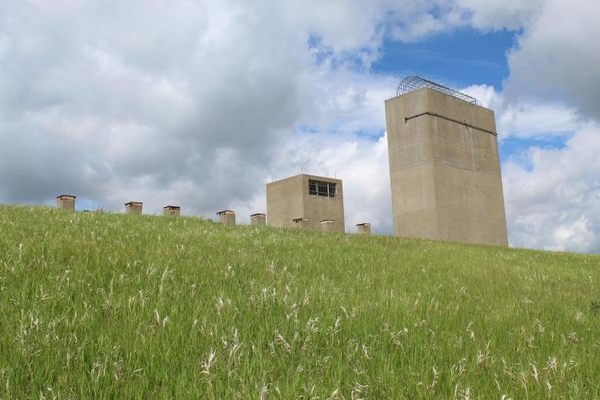


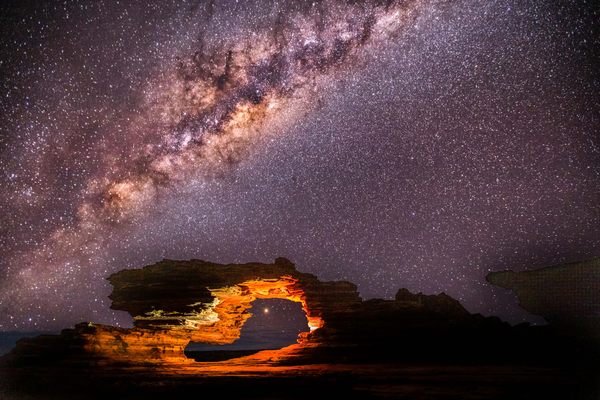
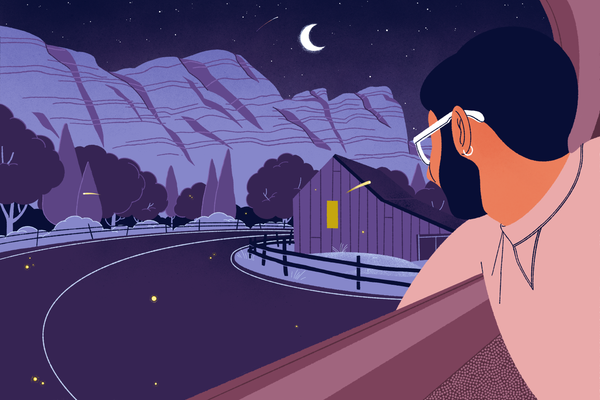


Follow us on Twitter to get the latest on the world's hidden wonders.
Like us on Facebook to get the latest on the world's hidden wonders.
Follow us on Twitter Like us on Facebook